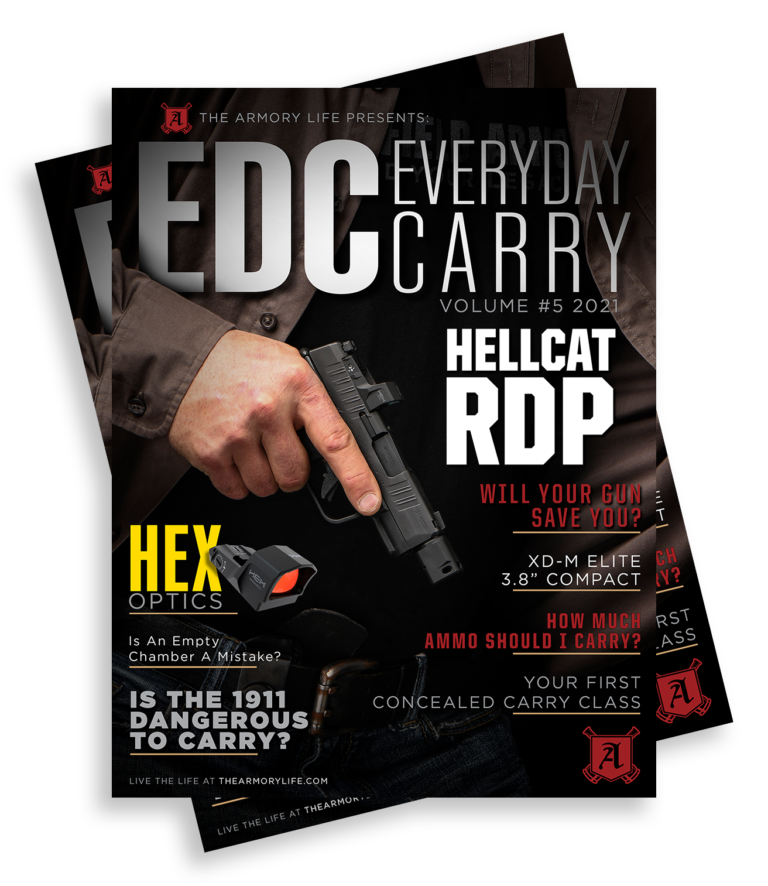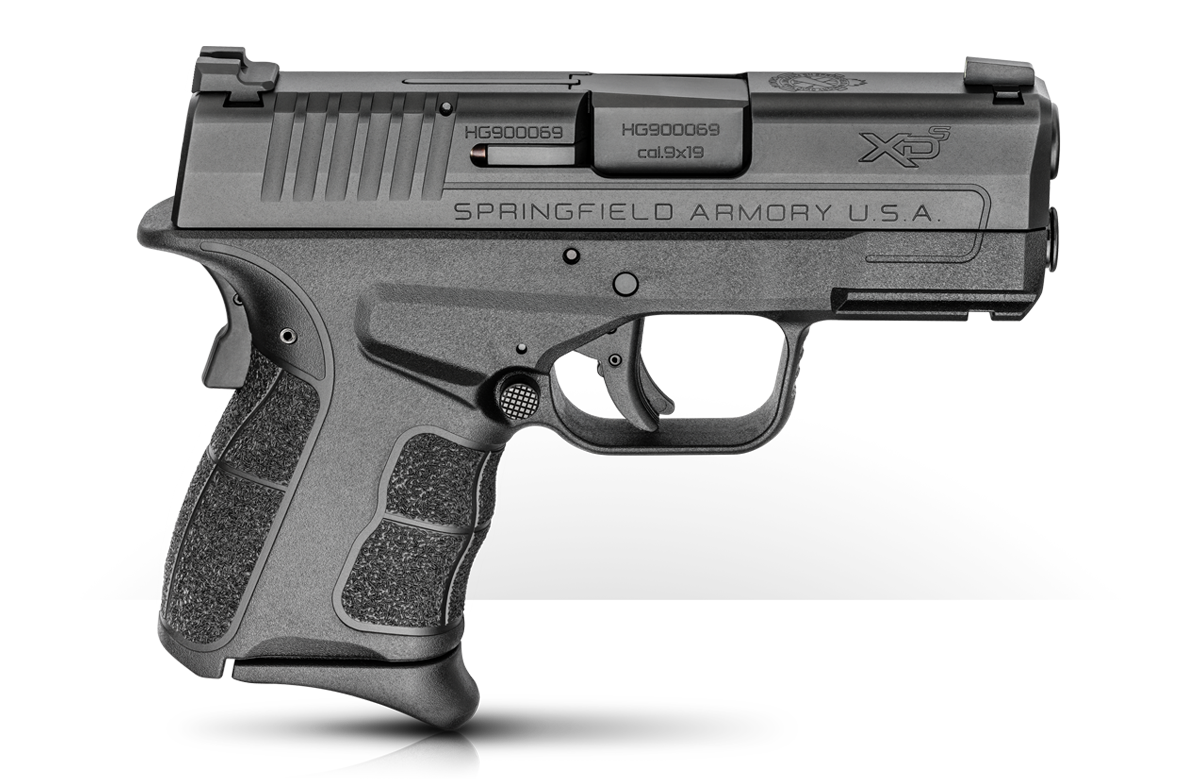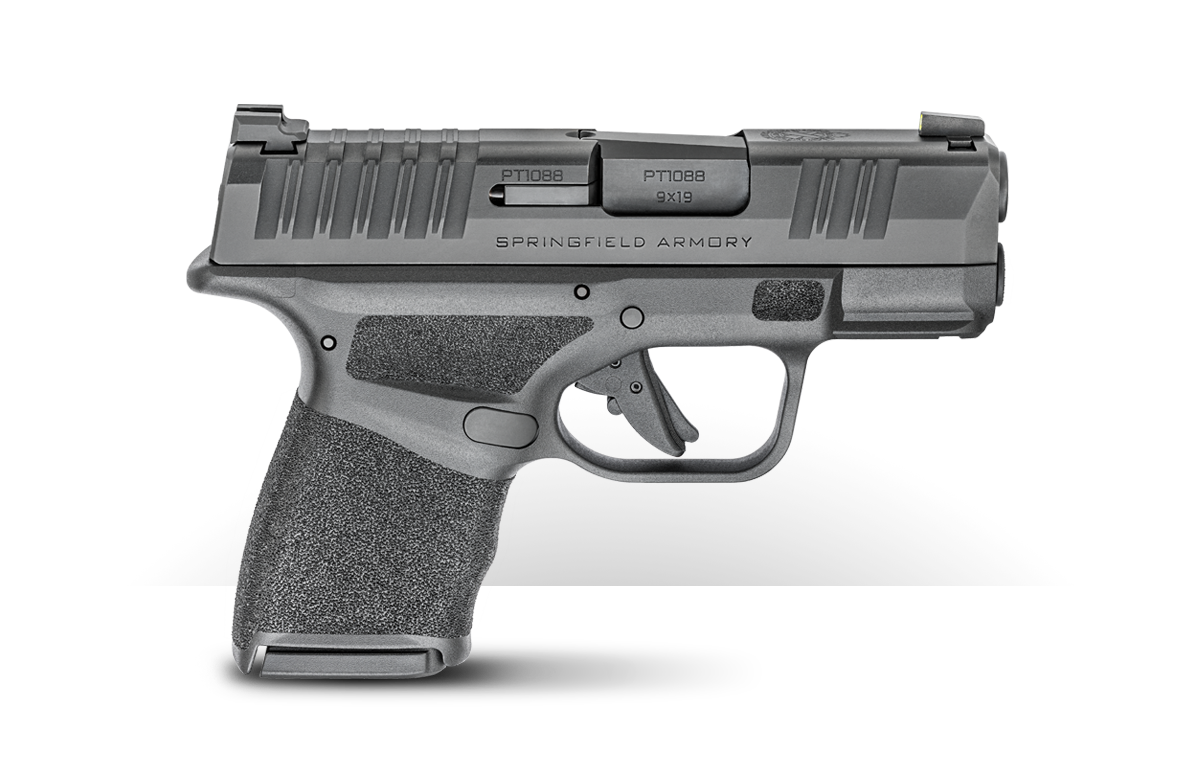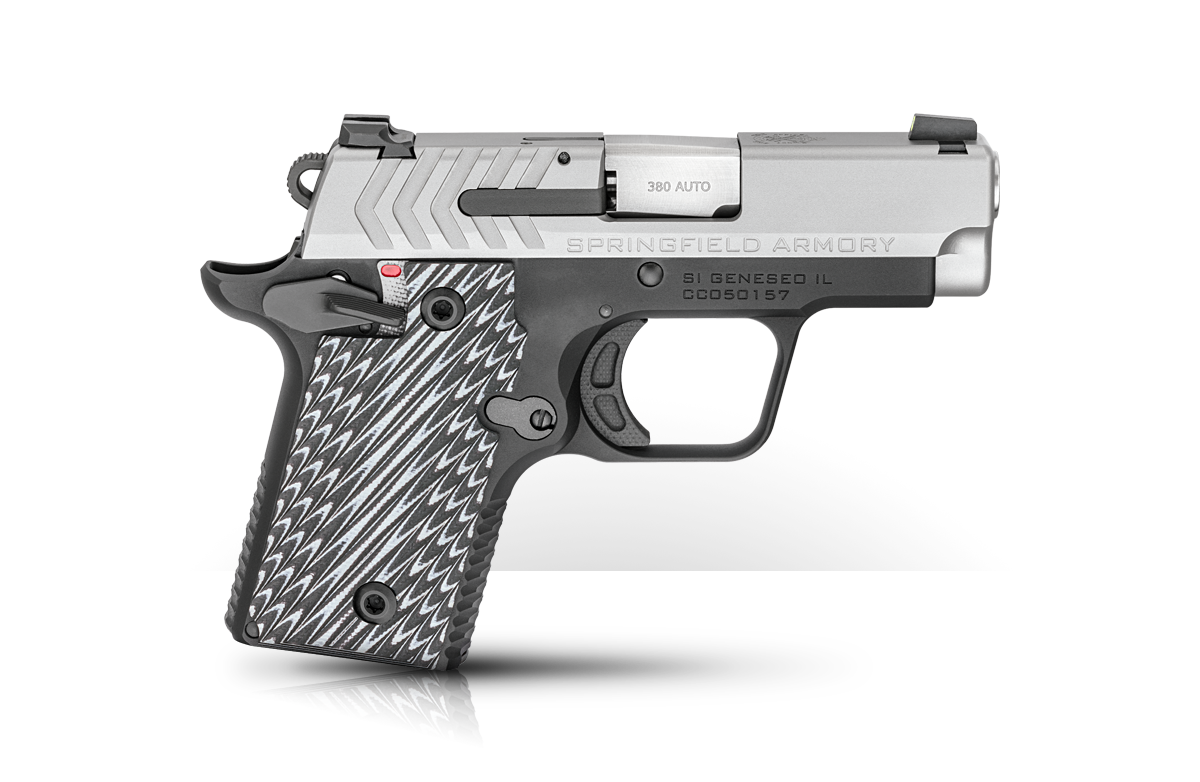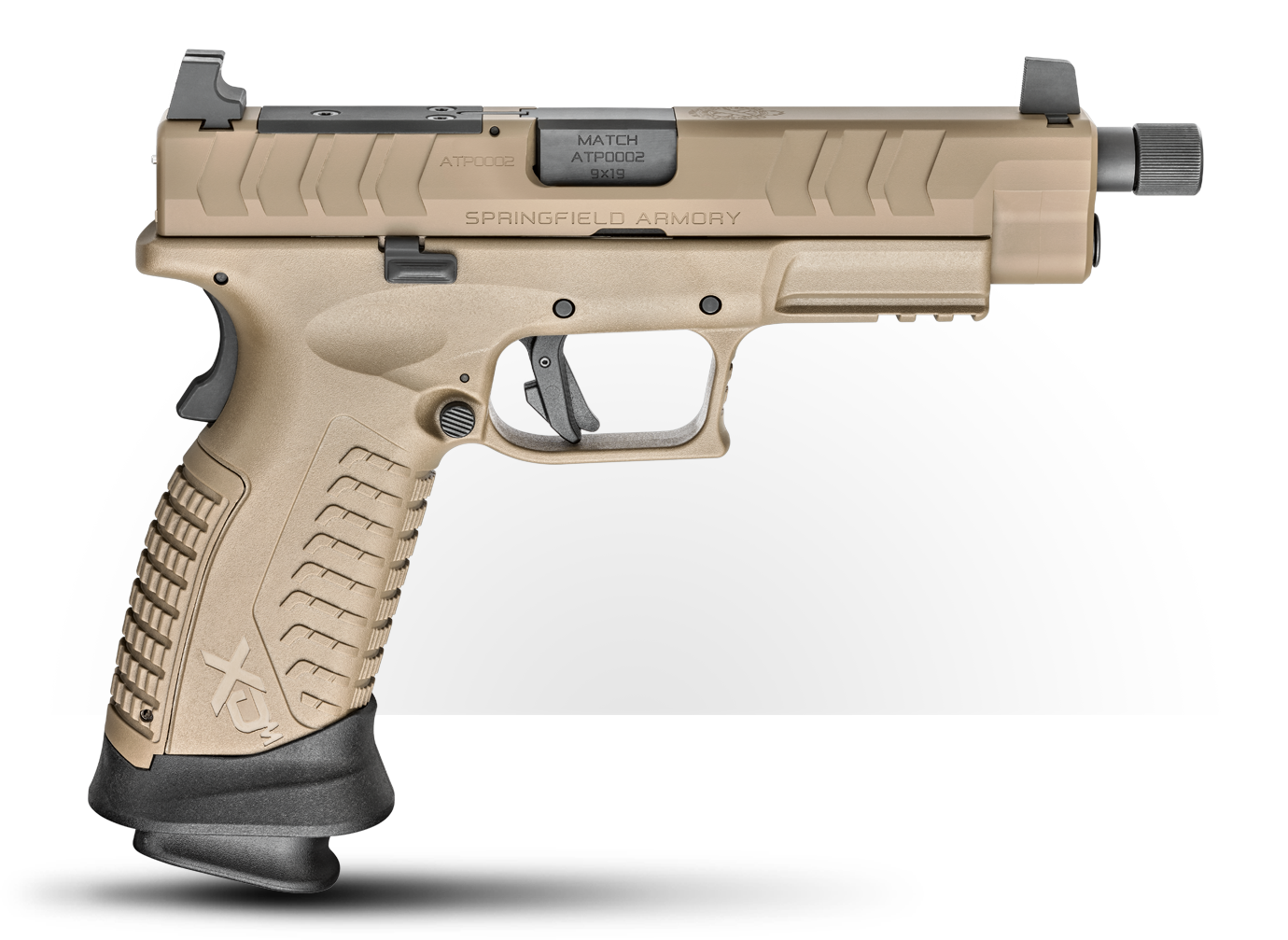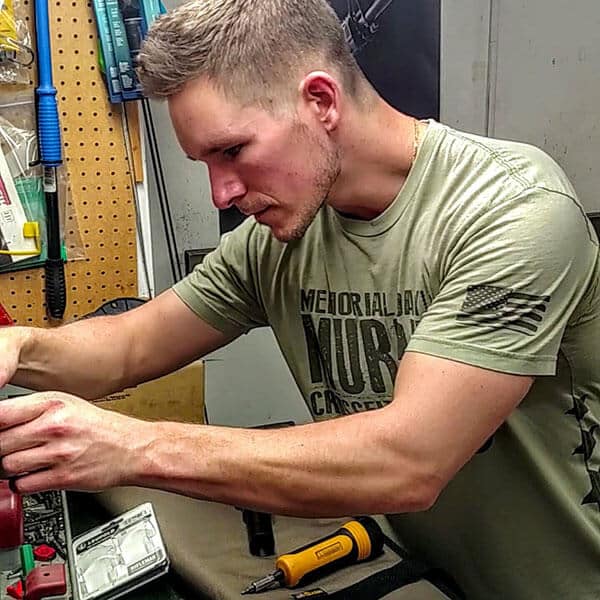Your First Concealed Carry Class
May 21st, 2020
5 minute read
So, the time has finally come. You are going to sign up for your first concealed carry weapons (CCW) class. Maybe you are green to firearms entirely, but have come to understand you need one or are interested in using them recreationally and wish to learn more. You could also be old to the game of firearms, having hunted your whole life, but are now diving into the discipline of carrying a handgun for the first time.
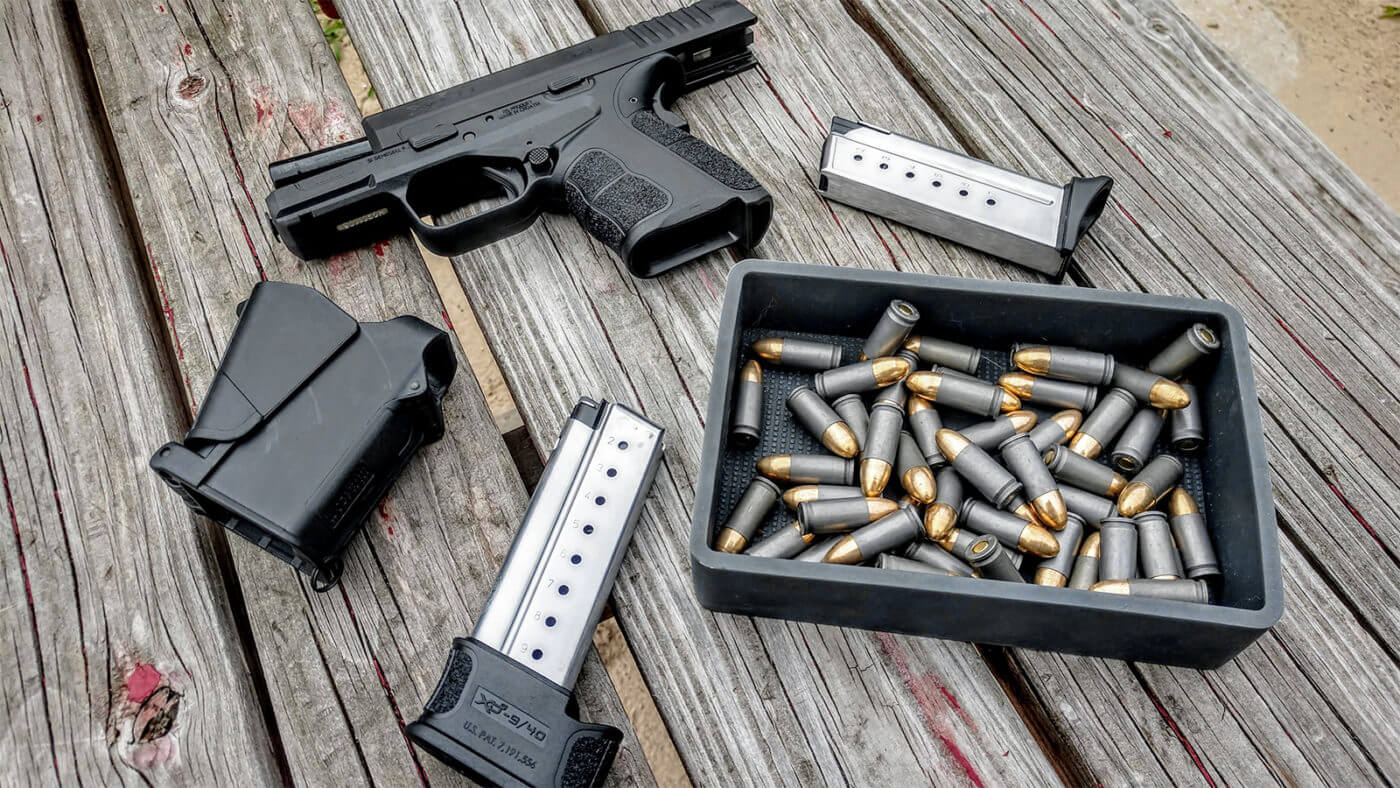
Whatever reasons might have brought you to registering for your first CCW class, I congratulate you! Simultaneously, I want to inform you of what you can expect and what you should do to prepare yourself. Some things might surprise you while others may not, but let’s walk down the path of preparing for your first CCW class.
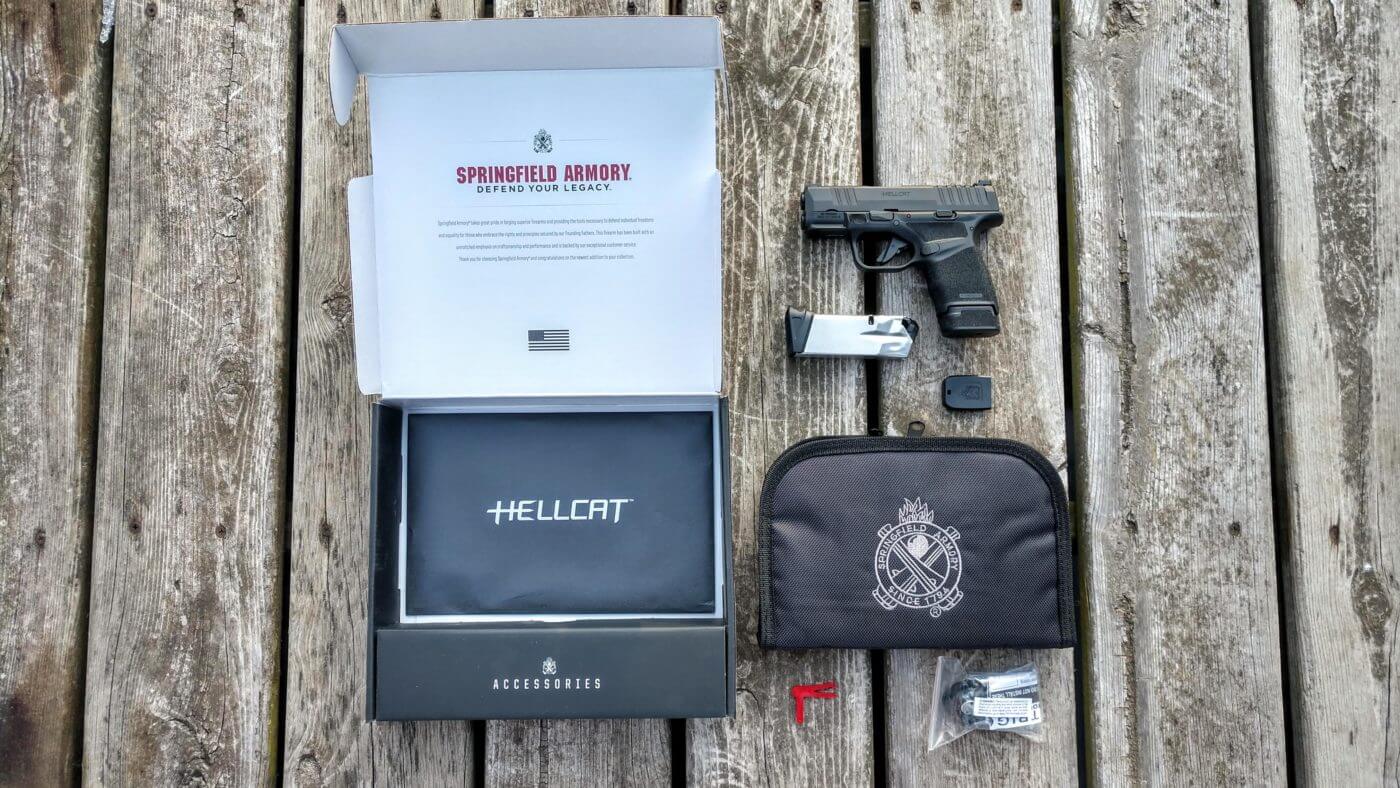
What to Expect
The first myth that we want to dispel is that you need to be an ace shooter in order to attend a class. This is simply not the case. There are people of all skill levels who commit to attending a CCW class. It does not matter if your group sizes are ¼” or 6” in size; what does matter is your ability to be safe. If you are not able to learn and understand safe practices, then the act of carrying does not improve your safety and those around you — it will actually worsen it.
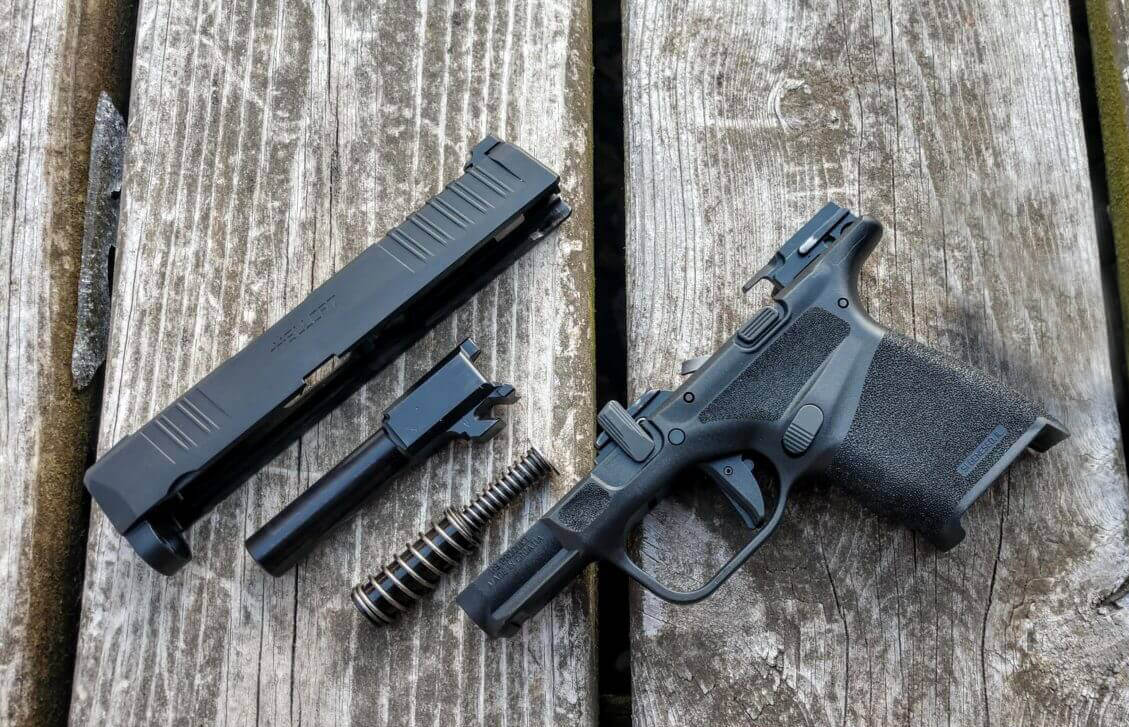
Some things seasoned instructors might have you do is sit on your backside on the ground and shoot a couple rounds. This potentially could be from your knees, leaning around a corner, or other peculiar positions. This is not meant to be a parkour or John Wick range session, but what your instructor is attempting to have you do is shoot out-of-the-ordinary shooting positions as if you were knocked to the ground and defending your life. Supreme accuracy is not paramount, but handling your chosen firearm safely in odd positions and under duress is important.
What comes with this safety is knowing how to manipulate all of the functions of the pistol you own or will be using in your class. Some instructors will offer to lend students a handgun who do not own a firearm for the class. This is very generous of the instructor, but less than ideal for the student because he/she might be unfamiliar with the gun and its features; thus, not as safe as they could hope to be handling it.
If you fall into this category of borrowing a firearm for your class that is okay, but ask to be orientated on it before the class starts and other students arrive. If the instructor is willing to lend a firearm for the class, they are likely to be more than willing to accommodate your request of becoming familiar with the pistol as well.
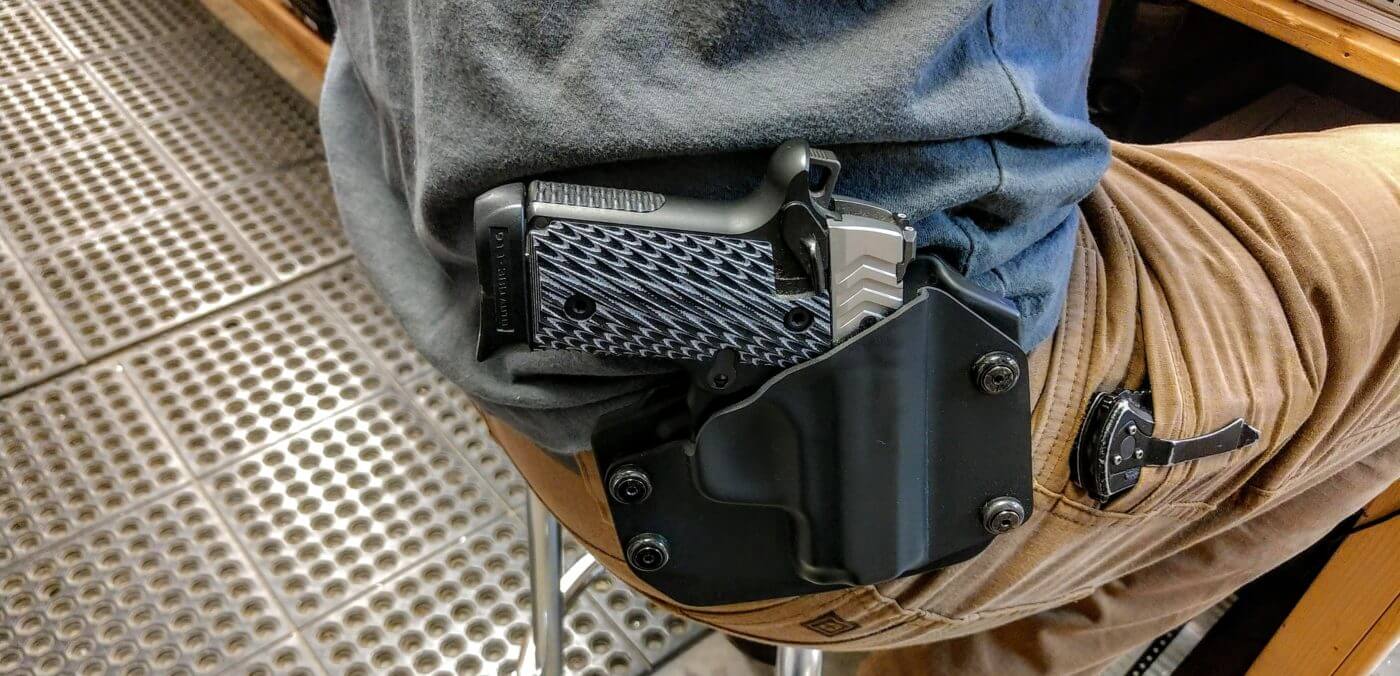
Devil’s in the Details
Another thing to keep in mind is the difference between cartridges and calibers. A cartridge refers to what the pistol is chambered in and the ammunition it accepts (example: 9mm) while caliber generally refers to the diameter of the bullet (although some are measured in millimeters, such as 9mm and 10mm). For example, .45 ACP is the cartridge, while saying “.45 caliber” refers to the diameter of the projectile. Knowing the difference between cartridges and calibers is vital in not only choosing a firearm for your personal needs, but also ensuring you use the correct ammo for defense and recreation.
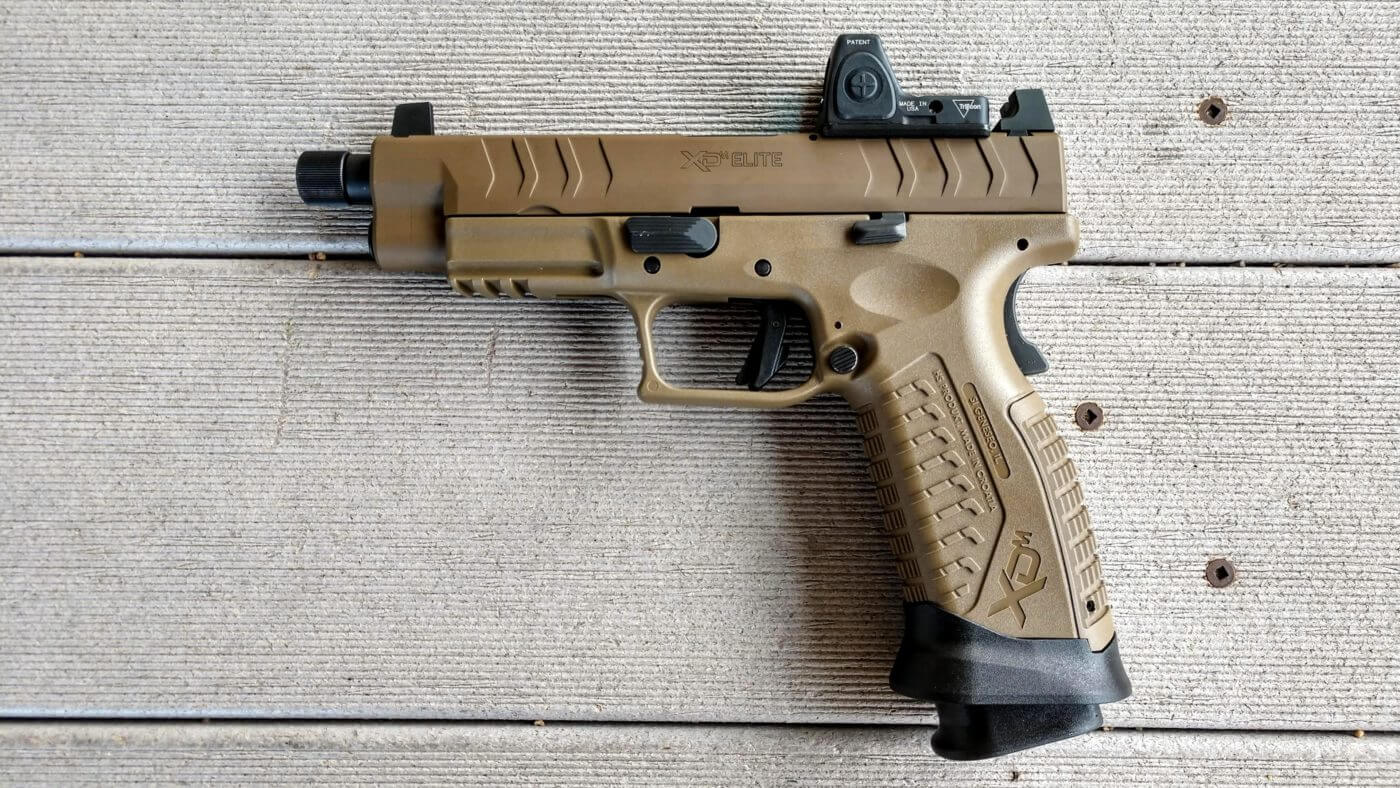
The ability to load and unload a magazine for a semi-automatic handgun or the cylinder of a revolver is crucial as well because that ties into safe firearm handling. If there is a bump in the night and you are home alone, you may need to execute that skill on your own.
If you walk into your class feeling completely uninformed about laws and what is/isn’t correct in regards to carrying, that is okay. That is something the instructor is specifically there for. Their personal experience, years of instructing and interaction with other subject-matter-experts (SME) like law enforcement and lawyers will help inform you of prudent practices while you are actively carrying in the future. Feel free to ask questions.
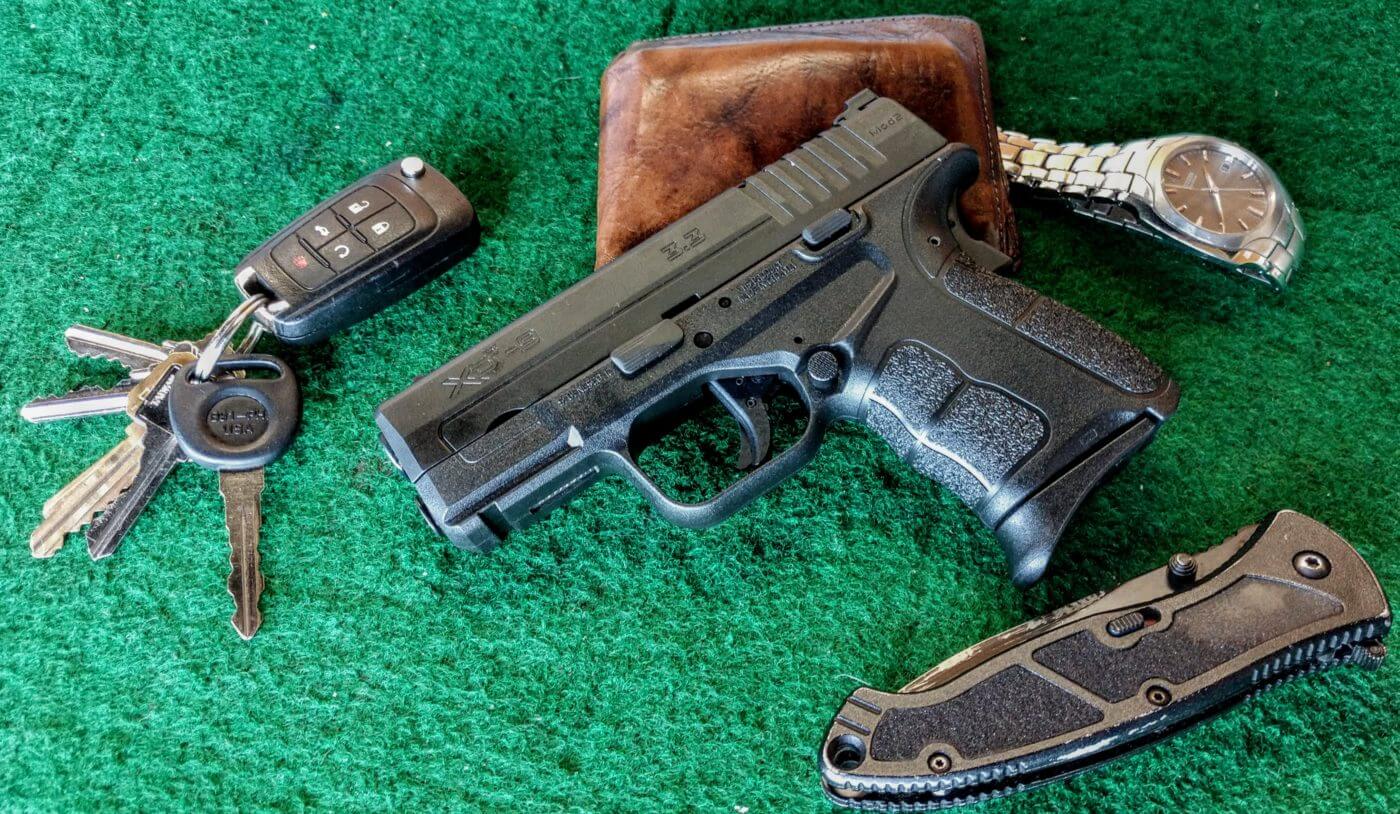
Conclusion
Finally, if this is your first CCW class you have taken, try to be engaged. Get a restful night’s sleep beforehand, take notes, ask questions and be a sponge for knowledge. You have scheduled time off from your daily grind and paid someone to educate you on a specific skill for defense — be sure to get your money’s worth by learning and growing as a shooter. As always, join us again soon on The Armory Life, be safe out there, and happy shooting!
Editor’s Note: Please be sure to check out The Armory Life Forum, where you can comment about our daily articles, as well as just talk guns and gear. Click the “Go To Forum Thread” link below to jump in!
Join the Discussion
Featured in this article
Continue Reading
Did you enjoy this article?

 231
231




